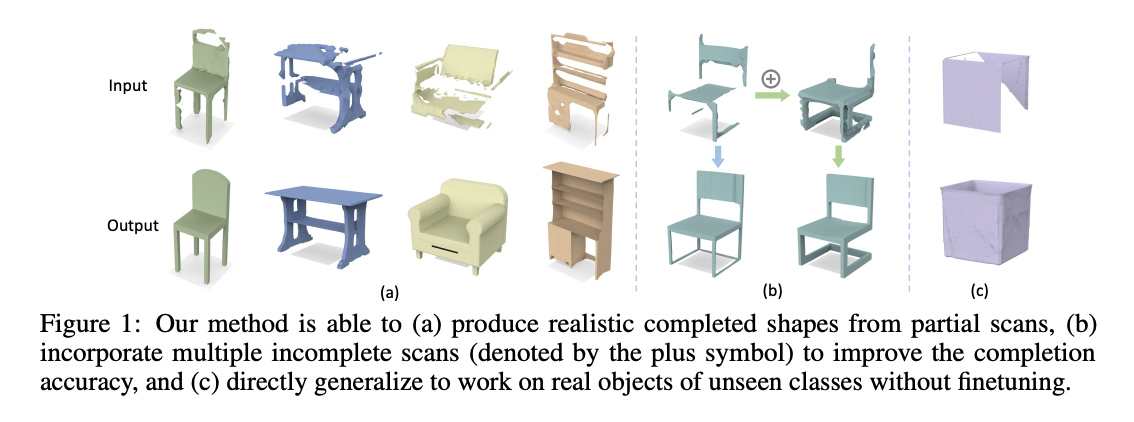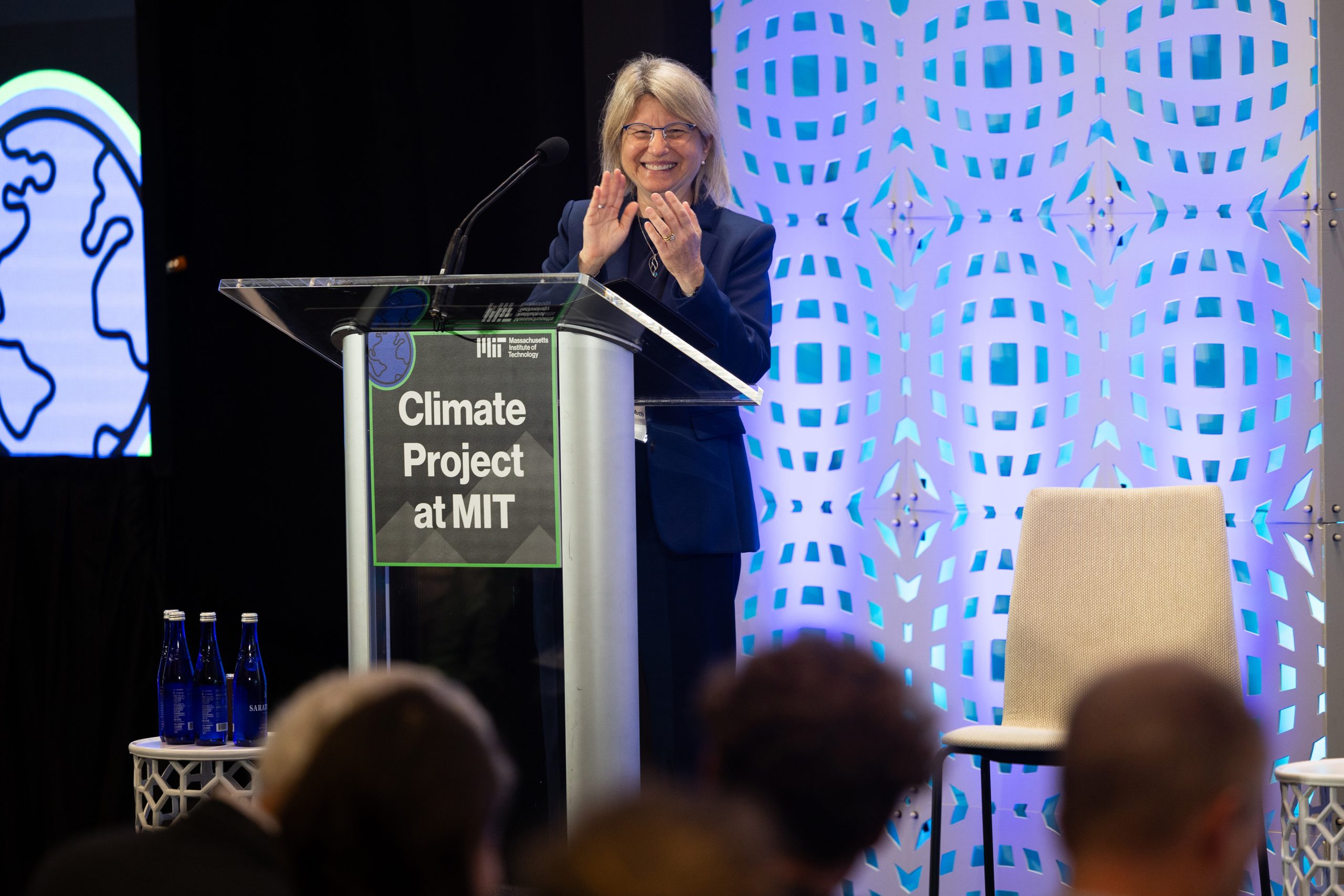Shape completion on 3D range scans is a challenging task that involves inferring complete 3D shapes from incomplete or partial input data. Previous methods in this domain have focused on deterministic or probabilistic approaches, each with limitations. However, researchers from CUHK, Huawei Noah’s Ark Lab, MBZUAI, and TUM have recently introduced a groundbreaking diffusion-based approach called DiffComplete, which balances realism, multi-modality, and high fidelity in shape completion.
DiffComplete approaches shape completion as a generative task conditioned on the incomplete shape. By leveraging diffusion-based techniques, it achieves impressive results on two large-scale 3D shape completion benchmarks, surpassing the state-of-the-art performance. One key aspect of DiffComplete lies in its ability to capture both local details and broader contexts of the conditional inputs, thereby providing a comprehensive understanding of the shape completion process.
To achieve this, DiffComplete incorporates a hierarchical feature aggregation mechanism that injects conditional features in a spatially-consistent manner. This mechanism enables the model to combine local and global information effectively, capturing fine-grained details while maintaining coherence in the completed shape. By carefully considering the conditional inputs, DiffComplete ensures that the generated shapes are realistic and exhibit high fidelity to the ground truths.
In addition to the hierarchical feature aggregation, DiffComplete introduces an occupancy-aware fusion strategy within the model. This strategy allows for the completion of multiple partial shapes, enhancing the flexibility of the input conditions. By considering occupancy information, DiffComplete can handle complex scenarios with multiple objects or occlusions, leading to more accurate and multimodal shape completions.
The performance of DiffComplete is truly impressive. Compared to deterministic methods, DiffComplete provides completed shapes with a realistic outlook. It manages to strike a balance between capturing the details of the input and generating coherent shapes that resemble the ground truths. Moreover, DiffComplete outperforms probabilistic alternatives, achieving high similarity to the ground truths and reducing the l_1 error by 40%.
One notable advantage of DiffComplete is its strong generalizability. It demonstrates exceptional performance on objects from unseen classes in synthetic and real data settings. This generalizability eliminates the need for model re-training when applying DiffComplete to various applications, making it highly practical and efficient.
In conclusion, DiffComplete significantly advances 3D shape completion on range scans. By employing a diffusion-based approach and incorporating hierarchical feature aggregation and occupancy-aware fusion, DiffComplete achieves state-of-the-art performance. Its ability to balance realism, multi-modality, and high fidelity sets it apart from previous methods. With its strong generalizability and impressive results on large-scale benchmarks, DiffComplete holds great promise for enhancing shape completion in various real-world applications.
Check out the Paper and Project. Don’t forget to join our 25k+ ML SubReddit, Discord Channel, and Email Newsletter, where we share the latest AI research news, cool AI projects, and more. If you have any questions regarding the above article or if we missed anything, feel free to email us at Asif@marktechpost.com
🚀 Check Out 100’s AI Tools in AI Tools Club
Niharika is a Technical consulting intern at Marktechpost. She is a third year undergraduate, currently pursuing her B.Tech from Indian Institute of Technology(IIT), Kharagpur. She is a highly enthusiastic individual with a keen interest in Machine learning, Data science and AI and an avid reader of the latest developments in these fields.









